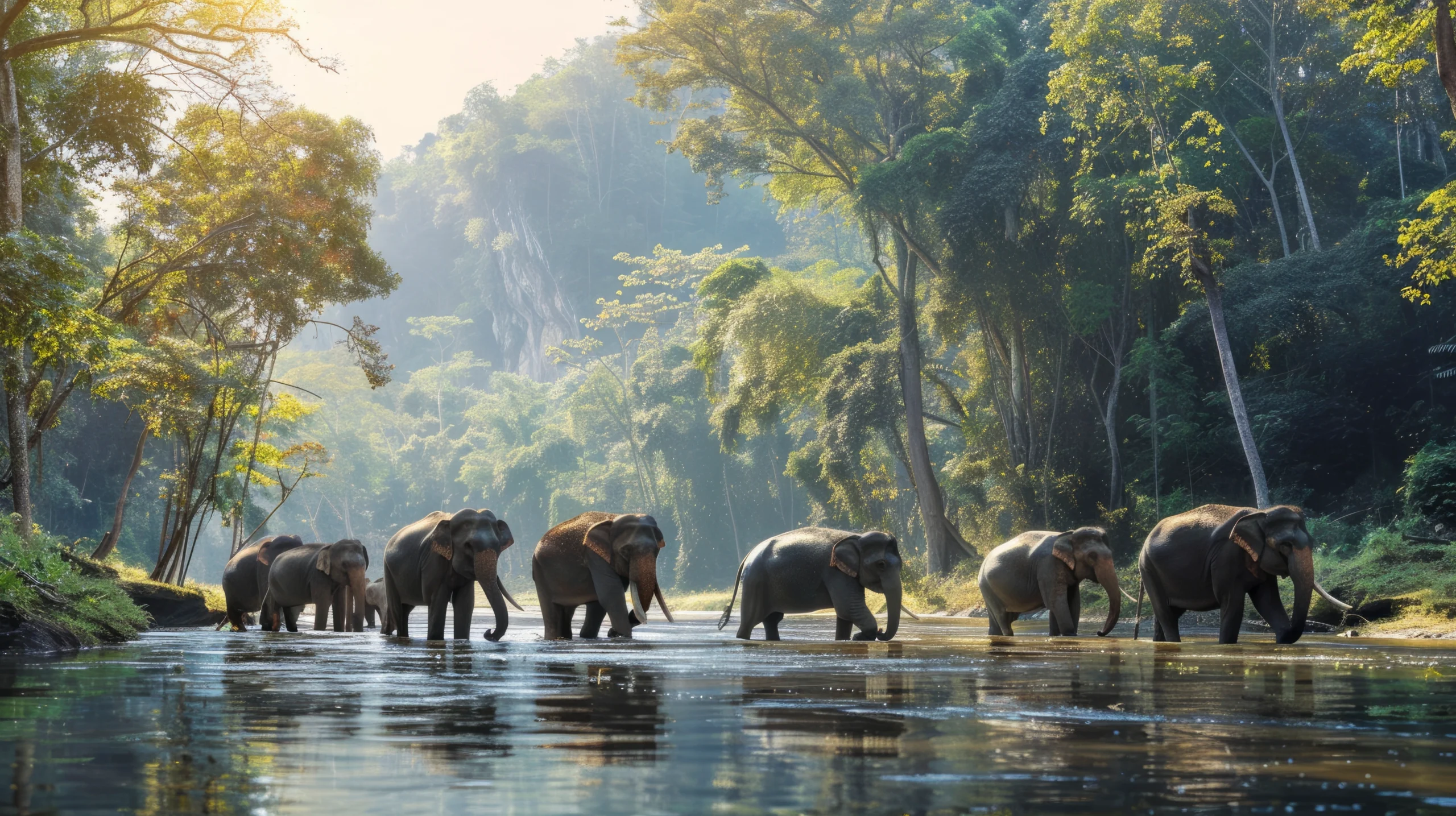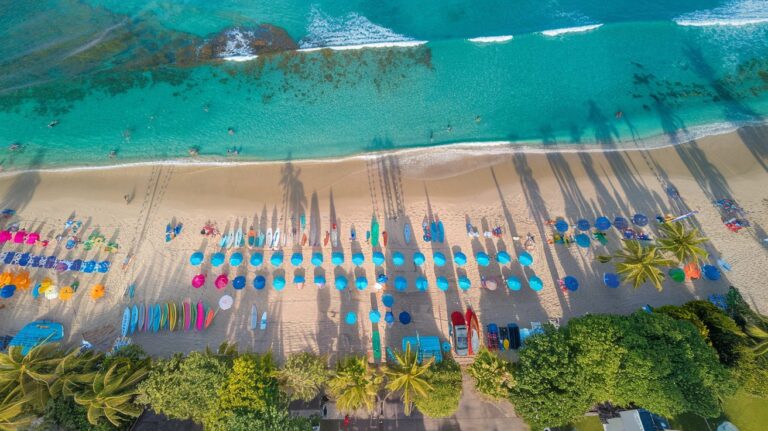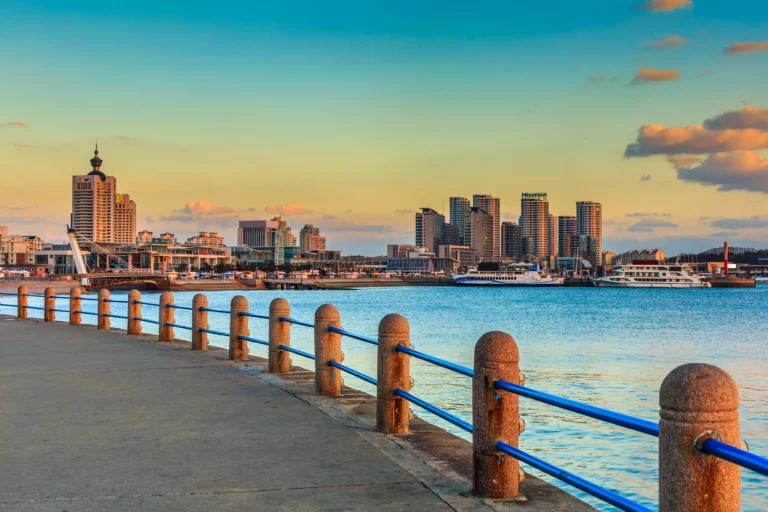If you’re a nature enthusiast or someone who enjoys the thrill of spotting animals in their natural habitats, Fort Myers, Florida, should be high on your travel list. Known for its beaches and outdoor recreational opportunities, it also offers some of the most unique and diverse wildlife experiences in the state. From lush wetlands to scenic coastal preserves, Fort Myers is a hotspot for wildlife viewing. Let’s dive into the best spots where you can immerse yourself in the beauty of Florida’s native species.
Why Fort Myers is a Top Destination for Wildlife Viewing
Fort Myers sits at the meeting point of several ecosystems, including freshwater wetlands, salt marshes, and coastal mangroves. This unique blend of environments creates a rich habitat for various wildlife species. Whether you’re a birdwatcher, reptile enthusiast, or simply want to glimpse Florida’s famous manatees, Fort Myers has it all.
J.N. “Ding” Darling National Wildlife Refuge
Overview of the Refuge
Located on Sanibel Island, the J.N. “Ding” Darling National Wildlife Refuge is one of the most famous wildlife refuges in Florida. This protected area spans over 6,400 acres and is part of the largest undeveloped mangrove ecosystem in the United States.
Wildlife You Can See Here
The refuge is a haven for birdwatchers, with over 245 bird species calling it home. You can expect to see roseate spoonbills, ospreys, and even bald eagles soaring above. Don’t forget to keep an eye out for alligators, river otters, and other marsh-dwelling animals.
Best Time to Visit
Winter and early spring are the best times to visit when migratory birds are in full force. The cooler months also make for more comfortable hiking and exploring.
Location On Google Maps
Six Mile Cypress Slough Preserve
Description of the Slough Preserve
Six Mile Cypress Slough Preserve is a tranquil sanctuary that offers a 1.2-mile boardwalk trail through a cypress swamp. This protected area serves as a natural filter for rainwater and provides a lush habitat for wildlife.
Types of Animals Commonly Spotted
Visitors often encounter wading birds, turtles, alligators, and occasionally a bobcat. The boardwalk offers plenty of scenic spots for wildlife photography and quiet observation.
Hiking Trails and Boardwalks
The well-maintained boardwalk makes this an accessible spot for visitors of all ages. Informational signs along the trail give insight into the ecosystem and its inhabitants.
Location On Google Maps
Manatee Park
Manatees: A Beloved Species in Fort Myers
Manatee Park is a must-visit for anyone hoping to see Florida’s iconic sea cows. These gentle giants gather in the warm waters near the park, especially in winter when the Gulf waters cool.
When to Visit for the Best Chance of Seeing Manatees
The best time to visit is between November and March, when the water temperatures drop, and manatees seek refuge in the warm waters of the nearby power plant’s discharge canal.
Visitor Facilities and Activities
The park offers educational programs, kayak rentals, and a manatee viewing platform, ensuring visitors have an immersive and educational experience.
Lovers Key State Park
Wildlife Along the Trails and Beaches
Once accessible only by boat, Lovers Key State Park is now a favorite for beachgoers and wildlife watchers alike. As you stroll through the mangroves or lounge by the shore, you might spot dolphins, manatees, and a variety of shorebirds.
Birdwatching Opportunities
This park is part of the Great Florida Birding Trail, and it’s a prime spot for spotting species like osprey, bald eagles, and herons. Bring your binoculars for an even better birdwatching experience!
Kayaking and Other Activities for Wildlife Spotting
Kayaking through the mangrove-lined estuaries provides a closer look at marine wildlife, including playful dolphins and curious manatees.
Location On Google Maps
Calusa Nature Center and Planetarium
Interactive Wildlife Exhibits
For a hands-on wildlife experience, head to the Calusa Nature Center. The center features exhibits on local wildlife, a butterfly aviary, and a planetarium for star-gazing enthusiasts.
Wildlife Rehabilitation Programs
The center also functions as a rehabilitation facility for injured birds of prey and other local animals, making it both an educational and impactful visit.
Popular Trails for Seeing Wildlife
Its winding trails through pine flatwoods and cypress domes provide ample opportunities to see tortoises, raccoons, and a variety of bird species.
San Carlos Bay – Bunche Beach Preserve
Overview of the Beach and Preserve
Bunche Beach Preserve offers a unique blend of sandy shores and estuarine wetlands, making it a prime spot for marine and birdlife viewing.
Shorebirds and Marine Wildlife
Expect to see an array of shorebirds, like sandpipers and plovers, as well as marine species such as stingrays and horseshoe crabs along the coastline.
Low Tide Exploration Opportunities
Low tide reveals mudflats teeming with life, giving visitors the chance to see fiddler crabs and other small critters up close.
Estero Bay Aquatic Preserve
Kayaking Tours and Access Points
Estero Bay, Florida’s first aquatic preserve, is best explored by kayak. Several local outfitters offer guided tours through the mangroves and estuaries.
Marine Life You Can Encounter
While paddling through the calm waters, you’ll likely spot dolphins, manatees, and sea turtles. The bay is also home to a variety of fish species and invertebrates.
Tips for a Successful Visit
Bring plenty of water, sunscreen, and binoculars. Early mornings are often the best time for wildlife activity.
Corkscrew Swamp Sanctuary
History and Overview of the Sanctuary
Corkscrew Swamp Sanctuary is home to a diverse range of ecosystems, including pine flatwoods and a rare cypress forest. It’s one of the most ecologically important areas in Southwest Florida.
Bird Species and Other Wildlife
This sanctuary is famous for its bird population, particularly the wood storks, who nest here in the cooler months. You may also encounter deer, raccoons, and even the occasional alligator.
The Ancient Cypress Forest
One of the standout features of this sanctuary is its ancient bald cypress forest, with trees that are over 500 years old.
Cayo Costa State Park
Wildlife Watching by the Beach
Cayo Costa State Park is a barrier island accessible only by boat, offering pristine beaches and excellent wildlife viewing opportunities. Sea turtles, manatees, and dolphins frequent the waters around the island.
How to Get to Cayo Costa
Visitors can take a ferry from Pine Island or book a private charter. Once on the island, biking or hiking are great ways to explore the natural beauty.
Marine and Land-Based Species
The park is known for its marine life, but land animals like raccoons, gopher tortoises, and a variety of shorebirds also make it a fantastic spot for wildlife lovers.
Lakes Regional Park
Urban Wildlife Viewing Opportunities
For a wildlife experience closer to town, Lakes Regional Park offers a surprising variety of species within its 279-acre park.
Best Activities for Seeing Animals (Bike, Hike, Kayak)
Rent a bike or paddle a kayak around the lake to spot ducks, herons, and maybe even an alligator or two.
Family-Friendly Wildlife Adventures
With playgrounds, gardens, and a train ride, Lakes Regional Park is an ideal spot for families looking to combine outdoor fun with wildlife spotting.
Tips for Responsible Wildlife Viewing
Do’s and Don’ts of Wildlife Encounters
Always maintain a respectful distance from animals. Avoid feeding wildlife, as this can disrupt their natural behaviors and diets.
How to Respect Wildlife Habitats
Stick to designated trails and viewing areas to minimize human impact on delicate ecosystems.
Staying Safe While Enjoying Wildlife
Bring insect repellent, plenty of water, and sun protection. Be aware of your surroundings, especially when observing larger animals like alligators or snakes.
Best Times of Year for Wildlife Viewing in Fort Myers
Seasonal Variations in Wildlife Activity
Winter and early spring are prime times for birdwatching and spotting manatees, while summer brings out more reptiles and wetland species.
Weather Considerations for Wildlife Spotting
Fort Myers can get quite hot and humid in the summer, so plan your wildlife outings for early morning or late afternoon to avoid the midday heat.
Conclusion
Fort Myers is a wildlife lover’s paradise. Whether you’re strolling through cypress forests, kayaking through mangrove tunnels, or simply watching shorebirds along the beach, there’s no shortage of incredible wildlife experiences to enjoy. Each of these spots offers something unique, so pack your binoculars, grab your camera, and get ready to explore the natural wonders of Fort Myers.
FAQs
What wildlife is Fort Myers known for?
Fort Myers is famous for its manatees, diverse bird species, and marine life, including dolphins and sea turtles.
Can you see alligators in Fort Myers?
Yes, alligators are common in many of the freshwater wetlands and preserves around Fort Myers.
When is the best time to see manatees in Fort Myers?
The best time to see manatees is during the cooler months, from November to March.
Are there guided wildlife tours available?
Yes, many areas like Estero Bay and Lovers Key offer guided kayak and boat tours focused on wildlife viewing.
What should I bring when exploring wildlife spots in Fort Myers?
Bring binoculars, sunscreen, insect repellent, water, and a camera to make the most of your wildlife viewing experience.




